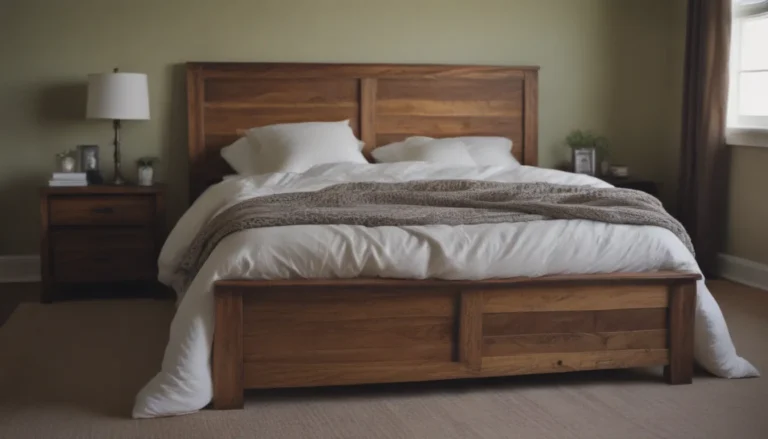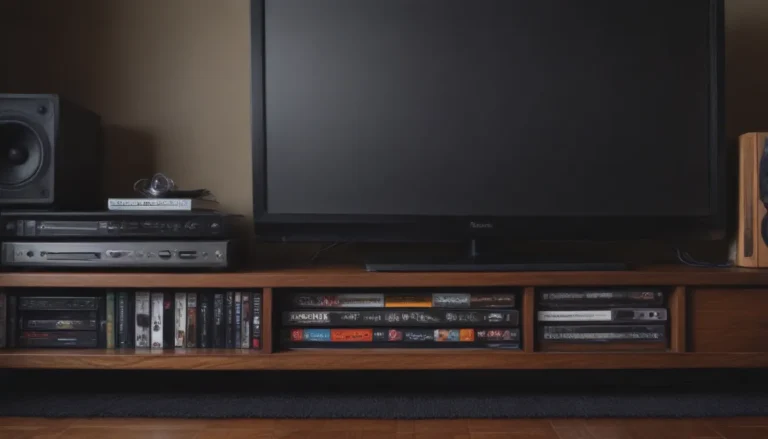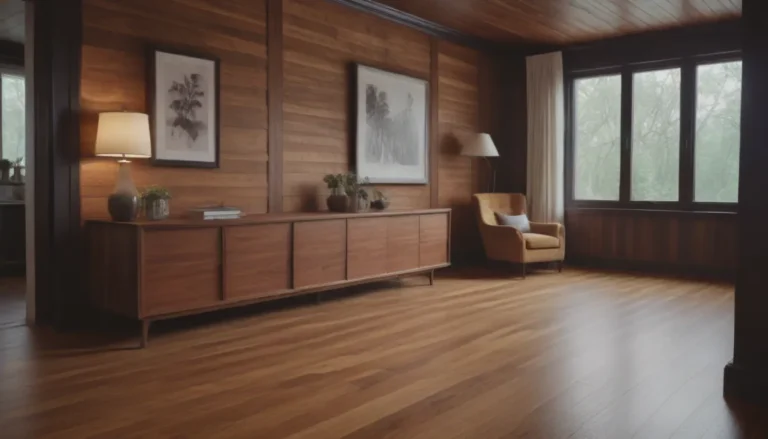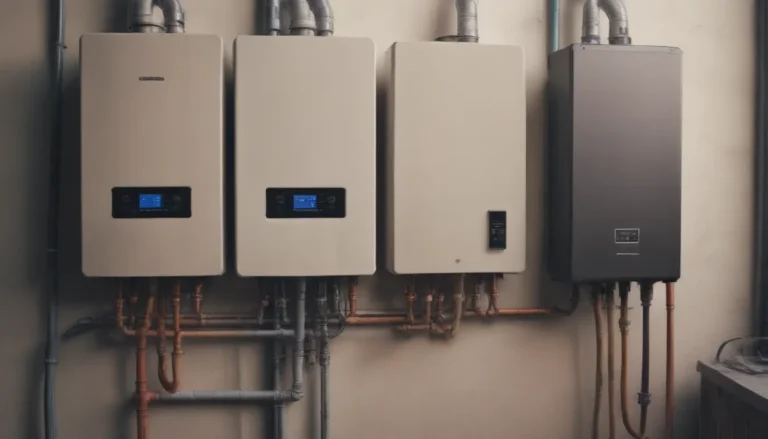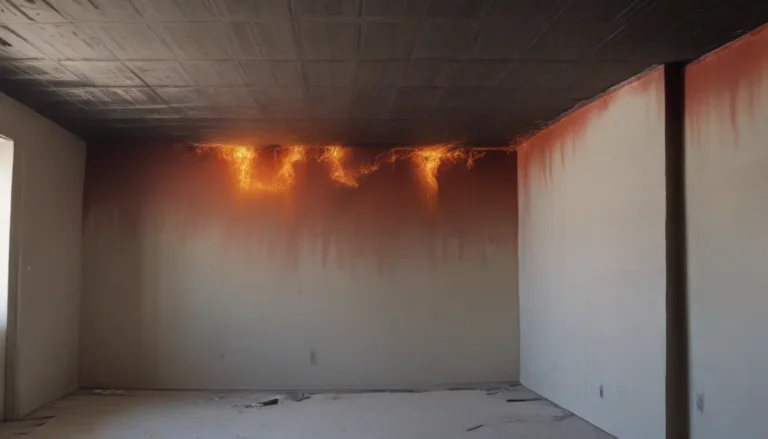Everything You Need to Know About Choosing House Wrap
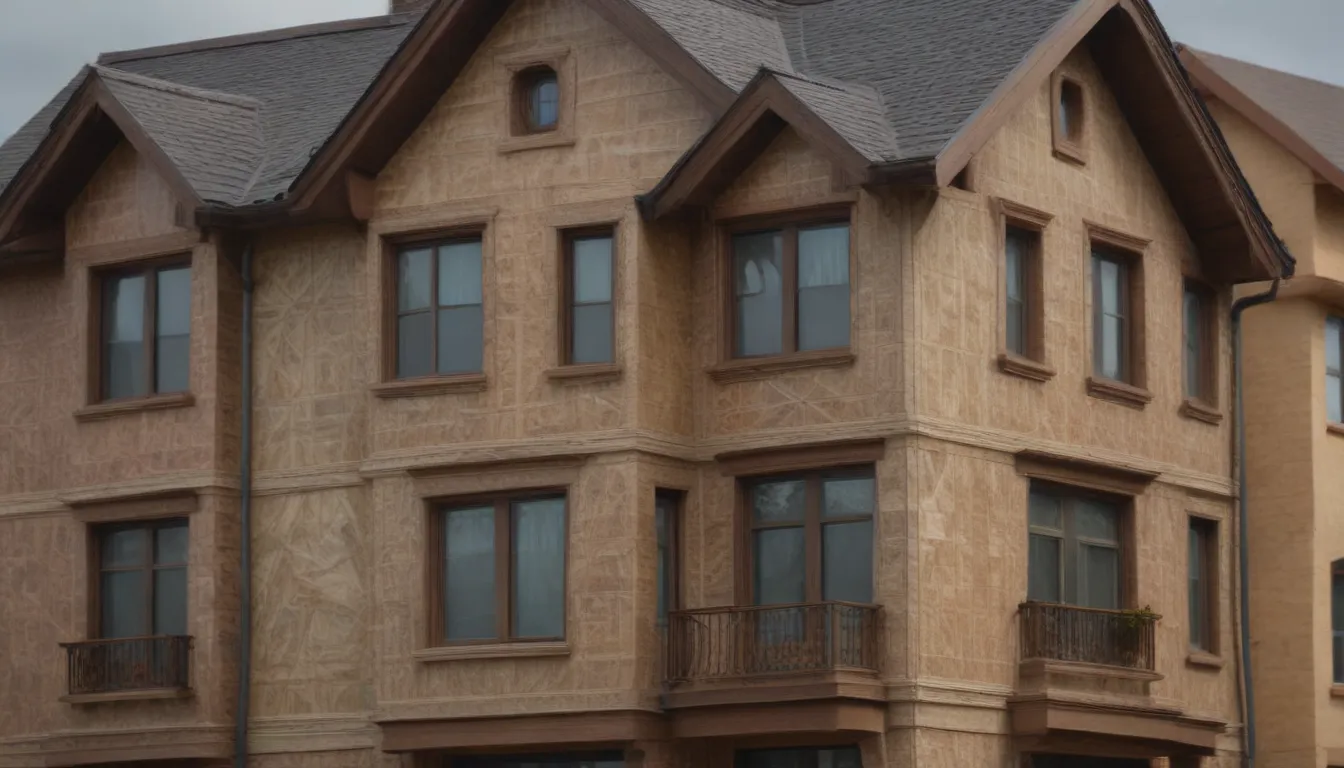
House wrap is an essential component of every home, protecting it against moisture that can seep through the exterior siding. This guide will walk you through everything you need to know about choosing the right house wrap to safeguard your home effectively.
Importance of House Wrap
House wrap acts as a barrier against rain, sleet, snow, and other forms of moisture that can lead to wood rot, mold growth, and flooding. While it’s not completely impermeable or waterproof, it plays a crucial role in preventing water from entering the wall cavity of your home.
Benefits of House Wrap
- Prevents wood rot
- Blocks mold growth
- Protects against flooding
Before Buying House Wrap
Whether you are building a new home or replacing the exterior siding on an existing property, investing in house wrap is a smart choice. It acts as a water-resistive barrier, preventing moisture from entering the wall cavity from the outside while allowing moisture to escape from the inside.
- House wrap has a permeability rating between five and 60
- Minimum permeability of five is required by most building codes
- Not all house wrap serves as an effective air barrier
Where to Install House Wrap
House wrap should be installed over the sheathing and behind the siding, regardless of the type of siding you are using. Some siding manufacturers may recommend specific types of house wrap to use with their products, so be sure to check with them for suggestions.
Buying Considerations for House Wrap
When choosing house wrap, there are several factors to consider to ensure you select the right product for your home.
Durability
The durability of the house wrap is essential as it remains in place for years, protecting your home from moisture. Consider the tensile strength, resistance to temperature extremes, and surfactants when evaluating the durability of the material.
Water Resistance
The primary function of house wrap is to prevent water from reaching the wall cavity. Look for a product with high water resistance and test samples to compare water shedding capabilities.
UV Stability
While house wrap is typically covered by exterior siding, UV stability is crucial during construction when the wrap is exposed to direct sunlight. Invest in a house wrap with built-in UV protection to prevent degradation.
Vapor Permeability
House wrap should be permeable to allow moisture to exit the home, balancing the inward and outward flow of moisture. Check the perm rating of the product, with the ideal range falling between 10 to 20 perms.
House Wrap Types
There are several types of house wrap to choose from, each offering different features and benefits.
Asphalt Felt
- Perm rating of about five
- Moderate water resistance
- Rapid drying capabilities
- Not recommended for extended sun exposure
Grade D Building Paper
- Kraft paper with integrated asphalt
- Similar vapor permeability to asphalt felt
- Can deteriorate if wet for prolonged periods
Polyolefin Fabric
- Plastic house wrap available in various options
- High vapor permeability and tear resistance
- Susceptible to surfactants from certain siding materials
Liquid Water-Resistive Barrier
- Applied as a liquid coating
- Seam-free application for continuous protection
- Installation process takes about two days
Integrated WRB Sheathing
- Structural panel with integrated water-resistive barrier
- Enhanced durability and protection
- Higher cost compared to other options
Cost of House Wrap Installation
The average cost to install house wrap ranges from $0.13 to $0.16 per square foot. The total cost, including labor and materials, averages $1.02 to $1.22 per square foot. Factors like location, job size, and finish options can affect the overall cost.
Choosing the Right House Wrap
When selecting house wrap for your home, consider the climate conditions, budget, and desired level of protection. Consult with siding manufacturers or installation companies for recommendations based on your specific needs.
- Asphalt felt and grade D building paper are cost-effective options
- Polyolefin fabric, integrated WRB sheathing, and liquid water-resistive barrier offer superior protection
- Consider the longevity and moisture protection of non-woven house wrap
- Opt for two layers of house wrap for optimal protection
House wrap is a crucial element in protecting your home from moisture damage. Selecting the right type of house wrap based on durability, water resistance, UV stability, and vapor permeability will ensure your home remains safe and secure for years to come. Consult with experts and consider your specific needs to make the best choice for your property.
